Growing up, katsu was (and still is) one of the things my mom makes the most when I come home. The smell of katsu is so nostalgic, and it’s one of the most popular Japanese dishes for good reason!
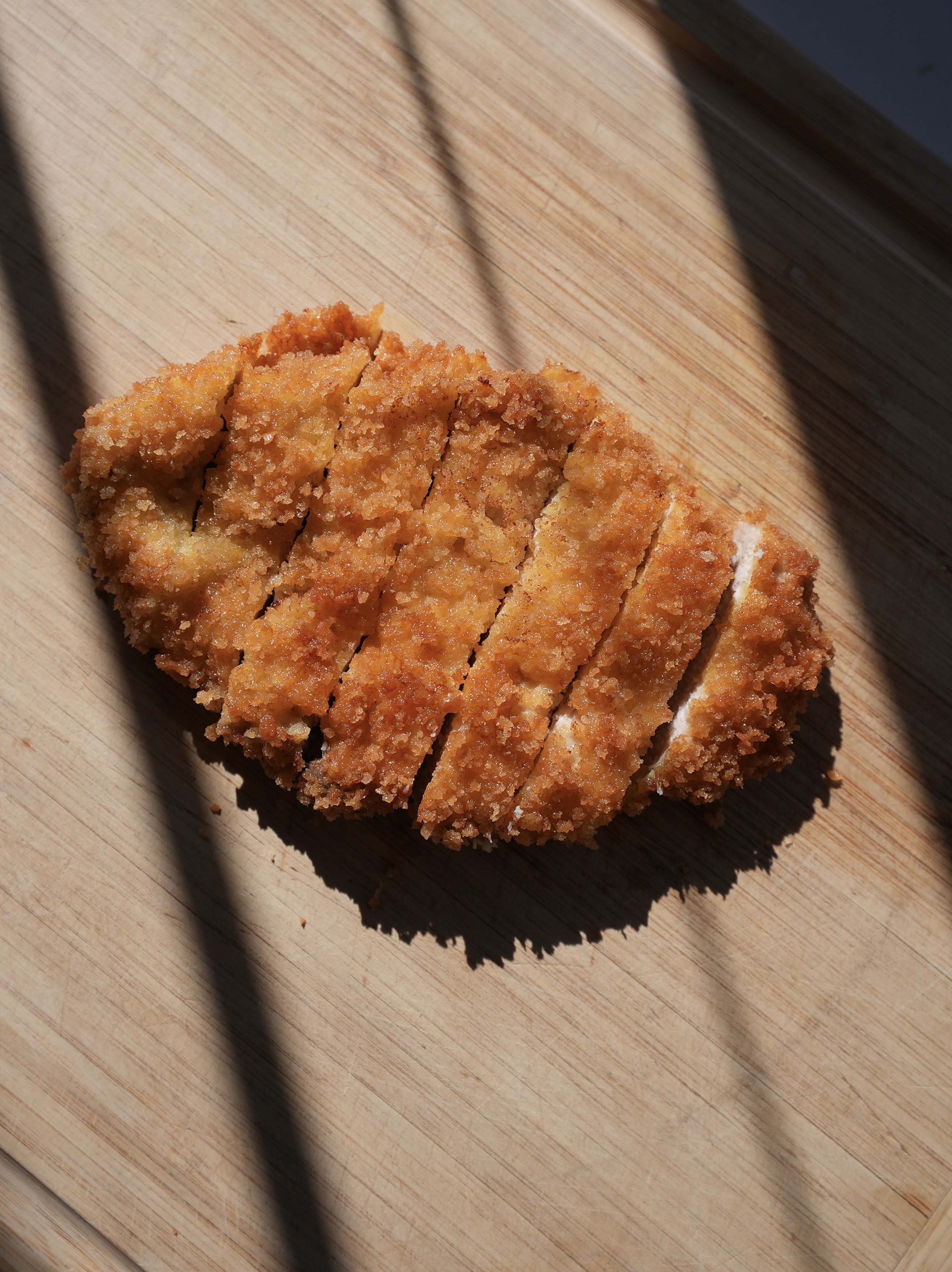
The name “tonkatsu” itself is a combination of “ton” (meaning pork) and “katsu” (meaning cutlet). Tonkatsu has its roots in Western cuisine, specifically European breaded and fried dishes that were introduced to Japan in the late 19th century. It was adapted and popularized in Japan during the Meiji era.
Tonkatsu is often enjoyed as a main course accompanied by shredded cabbage, rice, and miso soup. The combination of crispy tonkatsu, tangy tonkatsu sauce, and crunchy cabbage is incredible. And don’t worry, my homemade katsu sauce recipe is included below too!
If you’re wanting to eat katsu without deep-frying it, try out my alternative methods of air-frying or baking, too! I personally think deep-frying has the best texture, but they’re all great (though some healthier than others).
What Type of Pork to Use for Katsu
For tonkatsu, the best cut of pork to use is either pork loin or pork tenderloin. Pork loin is the more traditional choice, offering a good balance of meat and fat, which keeps it juicy and flavorful after frying. If you prefer a leaner option, pork tenderloin works well too. Select boneless pork chops that are at least ¾ – 1 in. thick for the perfect balance of crispy coating and meat.
Before frying, the pork should be pounded to an even thickness—around ½ inch—using a meat mallet, rolling pin, or the back of a knife. This helps it cook through evenly while keeping the meat tender.
If the tonkatsu is golden and crispy on the outside but still slightly undercooked inside, I’ve found that a quick fix is to pop the sliced pieces into the microwave for a minute to finish cooking without over-frying. This ensures the pork stays juicy while still achieving that crispy crust.
Can’t eat pork? No problem! Substitute chicken for chicken katsu or beef for gyukatsu instead. Or tofu for a vegetarian katsu!
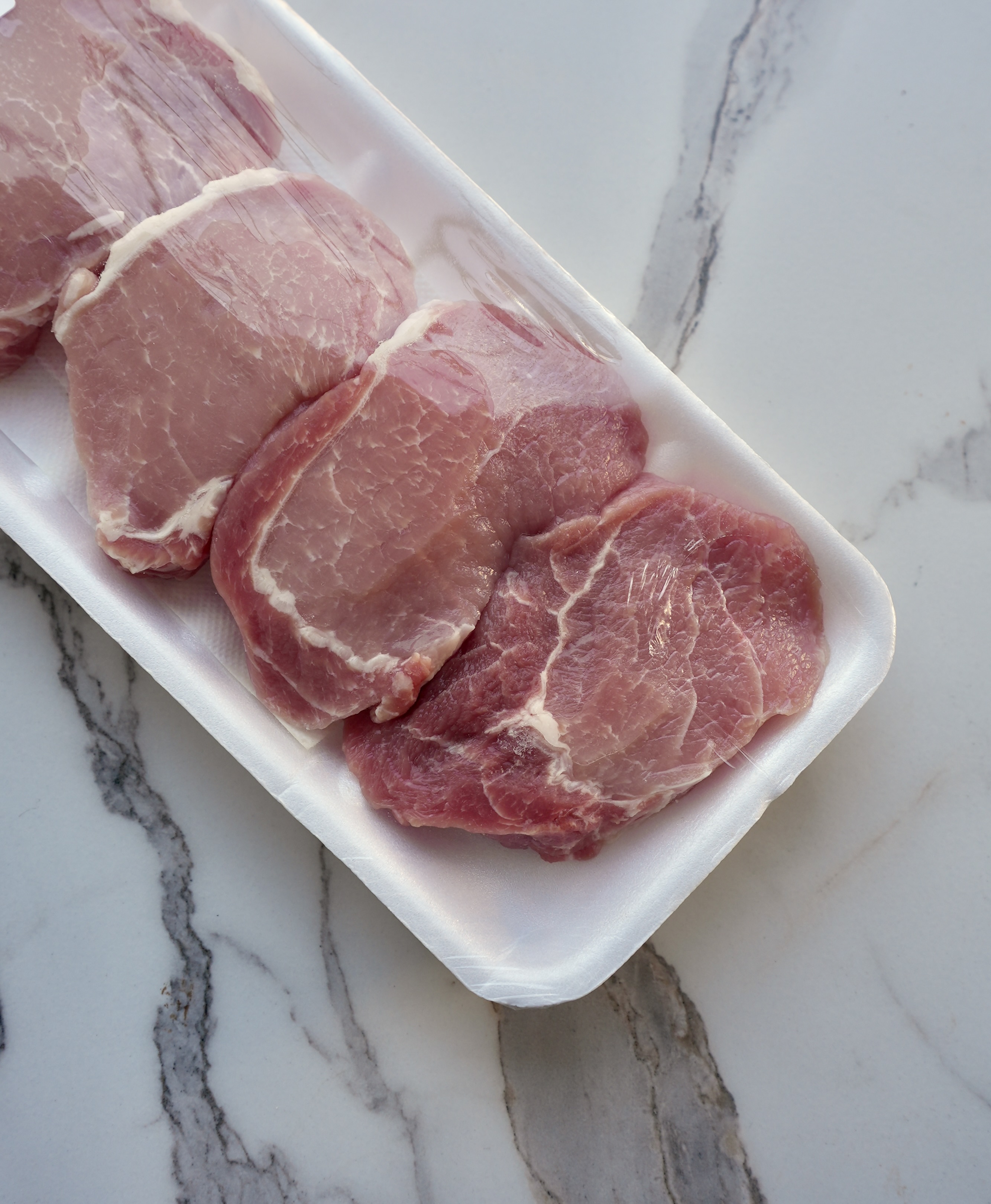
Other recipes that use Katsu:
What is Panko?
Panko is Japanese for “breadcrumbs.” However, unlike traditional breadcrumbs, which are made from finely ground dried bread, panko is made from crustless bread that is baked using electric current, creating large, flaky crumbs.
This unique texture results in a coating that fries up extra crispy and light, making it the perfect choice for dishes like tonkatsu, ebi fry, and korokke. Because panko absorbs less oil than regular breadcrumbs, it creates a less greasy, crispier crust that stays crunchy longer.
Recently, I came across sourdough panko, and it has been amazing to use for my katsu! It’s a great alternative for those looking to experiment with different flavors while keeping the same signature crunch.
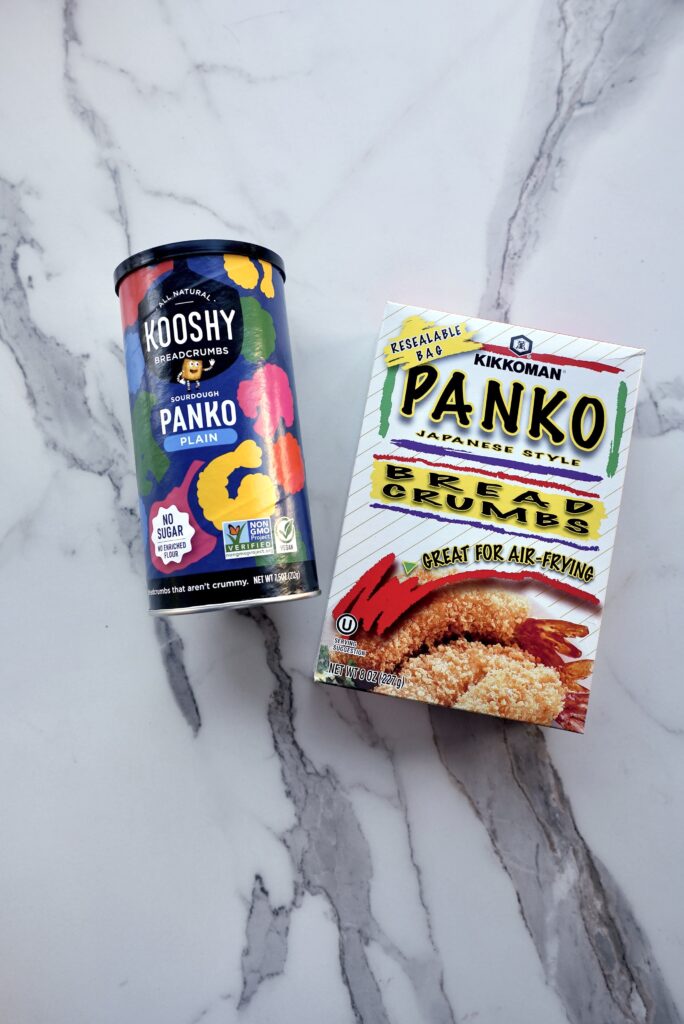
3 Ways to Make Tonkatsu (Japanese Fried Breaded Pork Cutlets)
- Total Time: 50 minutes
Description
Tonkatsu is a Japanese dish featuring breaded and deep-fried pork cutlets, served crispy and golden brown. It’s commonly paired with shredded cabbage and a tangy tonkatsu sauce, offering a deliciously satisfying blend of flavors and textures.
Ingredients
- 8 pork loin chops, boneless
- Salt and pepper to taste
- 1 cup all-purpose flour
- 3 eggs
- 2 1/2 cups panko
- Vegetable oil (for frying)
- Katsu sauce (for dipping, or view my homemade recipe below)
Homemade Katsu Sauce:
Just mix and enjoy!
- 1/2 cup ketchup
- 4 tablespoons Worcestershire sauce
- 3 tablespoon oyster sauce
- 1 tablespoon brown sugar (substitute honey)
Instructions
*If baking, skip the steps below and see the next section.
- Lightly pound the pork chops with a meat mallet to tenderize and flatten them to about 1/2 inch thick.
- Season both sides of the pork chops with salt and pepper.
- Set up a breading station with flour and panko on a baking sheet, with the last 1/3 of the baking sheet open to leave breaded pork. In a bowl, crack your eggs and beat to combine.
- Dredge each pork chop in flour, shaking off any excess. Dip the floured pork chop into the beaten eggs, allowing any excess to drip off.
- Press the pork chop into the panko breadcrumbs, ensuring an even coat on all sides. Press gently to make sure the breadcrumbs adhere. Repeat steps 4 and 5 for each pork loin chop.
Air-Frying Method: Place your breaded cutlets in your air fryer bin and spray lightly with oil. Cook at 350°F for 10 minutes. Flip, spray with oil, and cook for an additional 5-6 minutes. Slice the tonkatsu into 1 inch strips and enjoy with katsu sauce.
Deep-Frying Method: Heat about 1 inch of vegetable oil in a large skillet. Allow the oil to reach around 350°F (175°C). Place the breaded pork chops into the hot oil. Fry for about 3-4 minutes on each side, or until golden brown and cooked through. I usually limit to cooking two at a time so that the tonkatsu don’t touch and stick to each other. Use tongs to remove the pork chops and place them on a paper towel-lined plate to drain any excess oil. Slice the tonkatsu into 1 inch strips and enjoy with katsu sauce.
Baking Method:
- Preheat your oven to 400°F (204°C).
- Lightly pound the pork chops with a meat mallet to tenderize and flatten them to about 1/2 inch thick.
- Season both sides of the pork chops with salt and pepper.
- Heat a pan over medium heat and add 2 tablespoons of cooking oil. Stir in the panko, continuously mixing until it reaches a light golden brown color.
- Set up a dredging station with flour and beaten eggs in two separate bowls.
- Dredge each pork chop in flour, shaking off any excess. Dip the floured pork chop into the beaten eggs, allowing any excess to drip off.
- Press the pork chop into the panko breadcrumbs, ensuring an even coat on all sides. Press gently to make sure the breadcrumbs adhere. Repeat steps 5 and 6 for each pork loin chop.
- Place your breaded cutlets onto a greased baking sheet, and bake in the preheated oven for around 20-22 minutes, or until cooked all the way through.
- Slice the tonkatsu into 1 inch strips and enjoy with katsu sauce.
Notes
Accompaniments:
- Rice: Plain steamed white rice is a common side dish.
- Miso Soup: A traditional Japanese soup made from miso paste, dashi broth, and often includes tofu, seaweed, and green onions.
- Cabbage: Finely shredded raw cabbage is served alongside, often with a dressing or sometimes just a lemon wedge.
- Pickles: Japanese pickles (tsukemono), such as pickled daikon radish or cucumber, are often served to cleanse the palate.
- Prep Time: 30 minutes
- Cook Time: 20 minutes
Nutrition
- Serving Size: 8

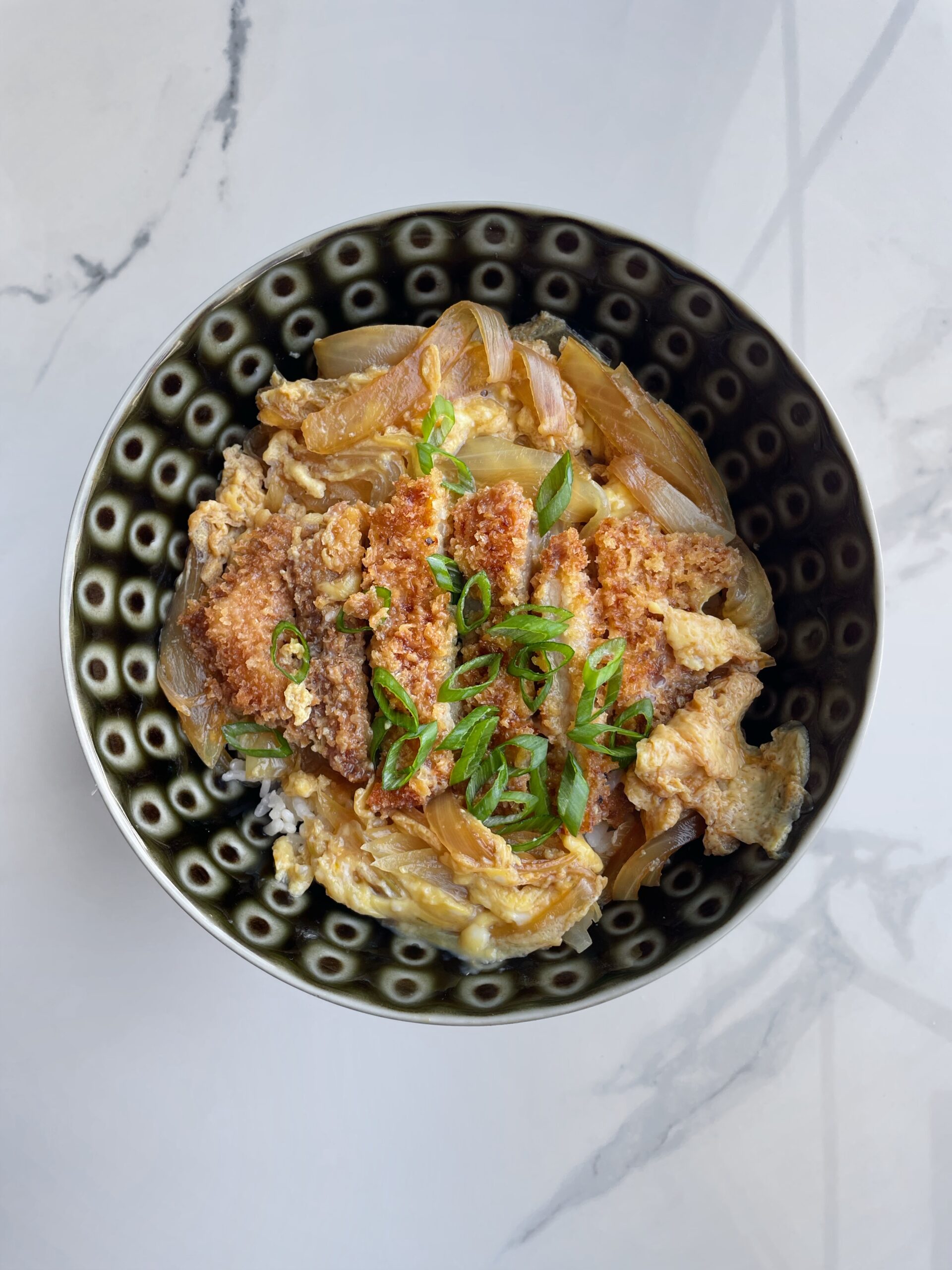
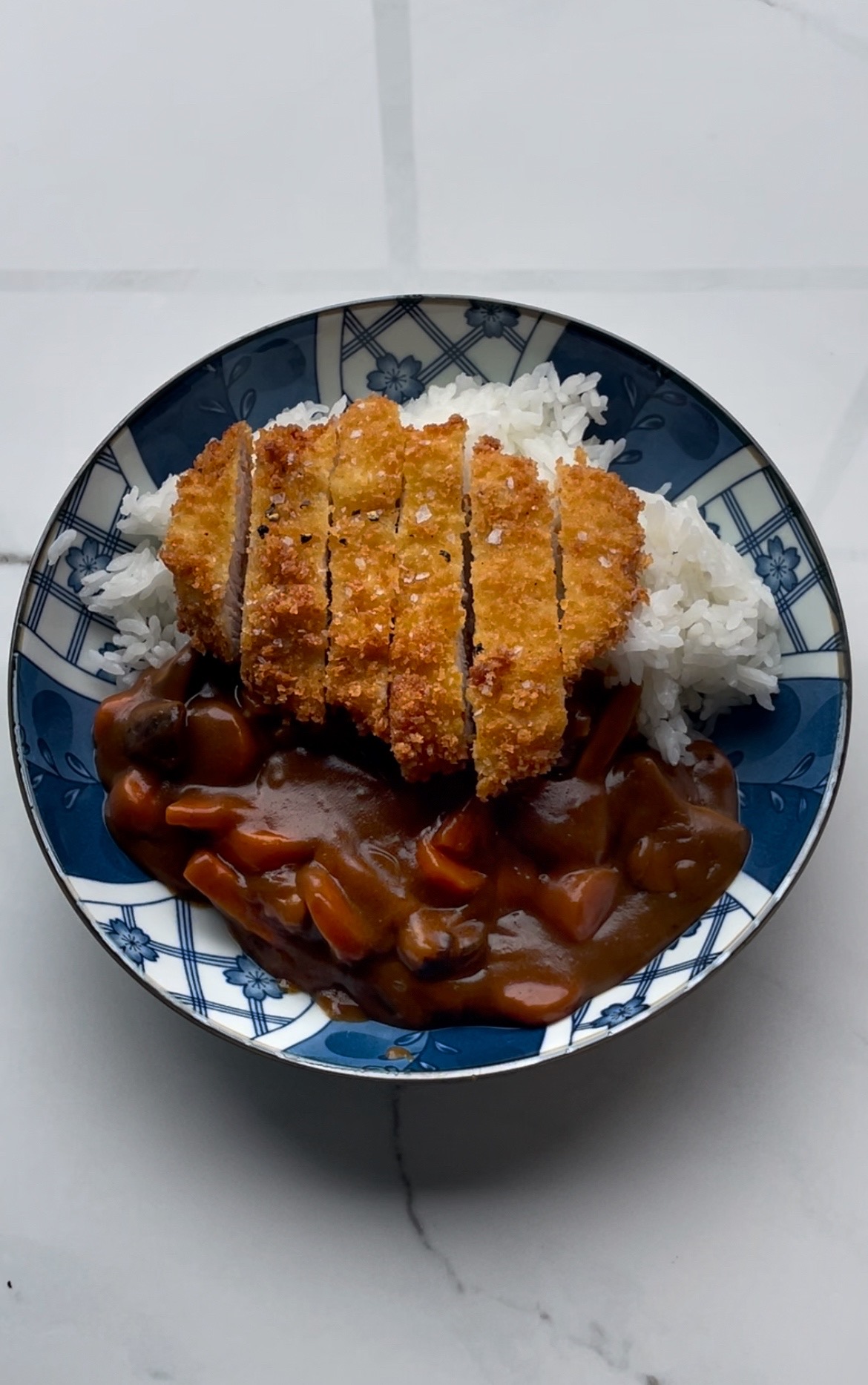
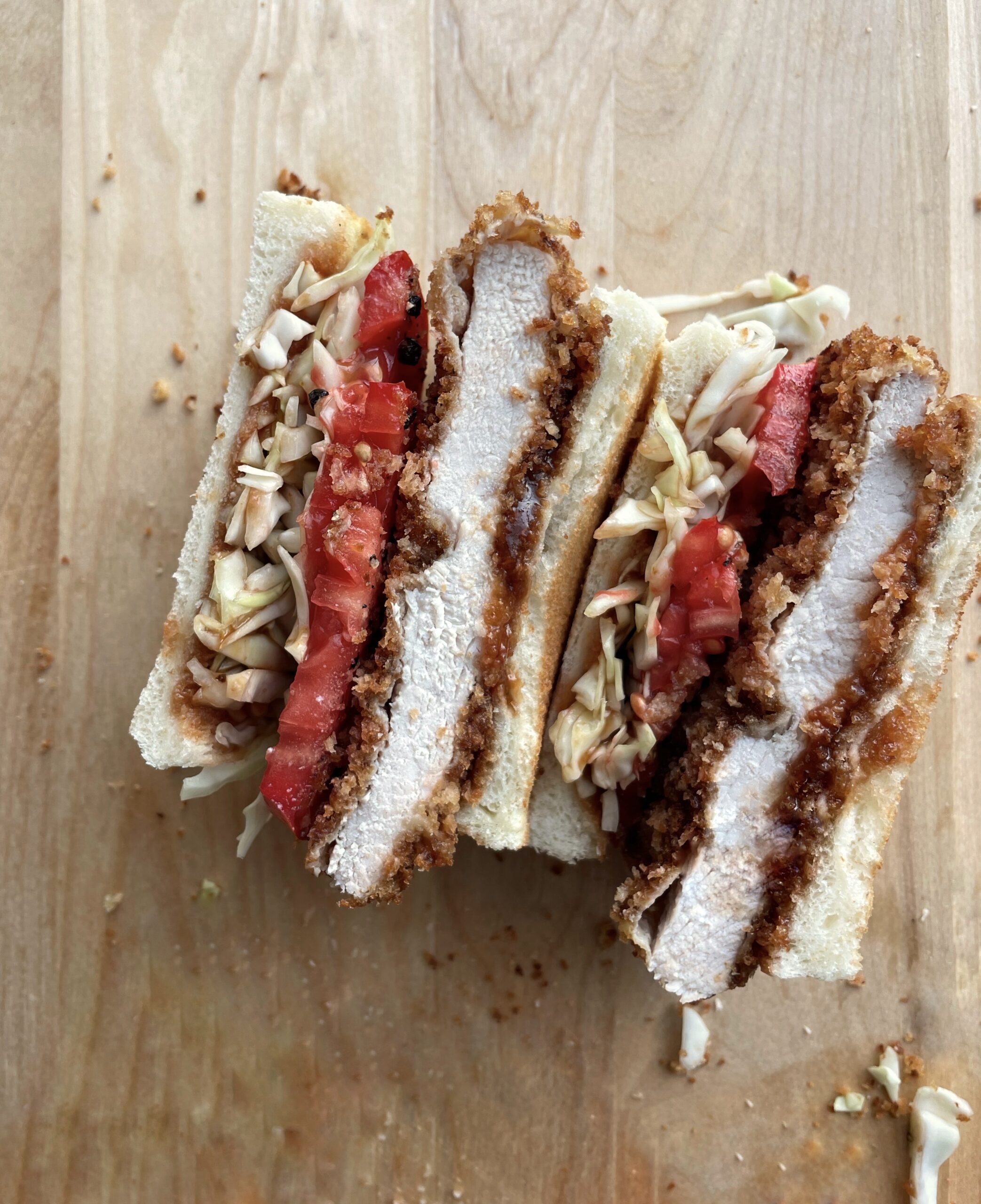
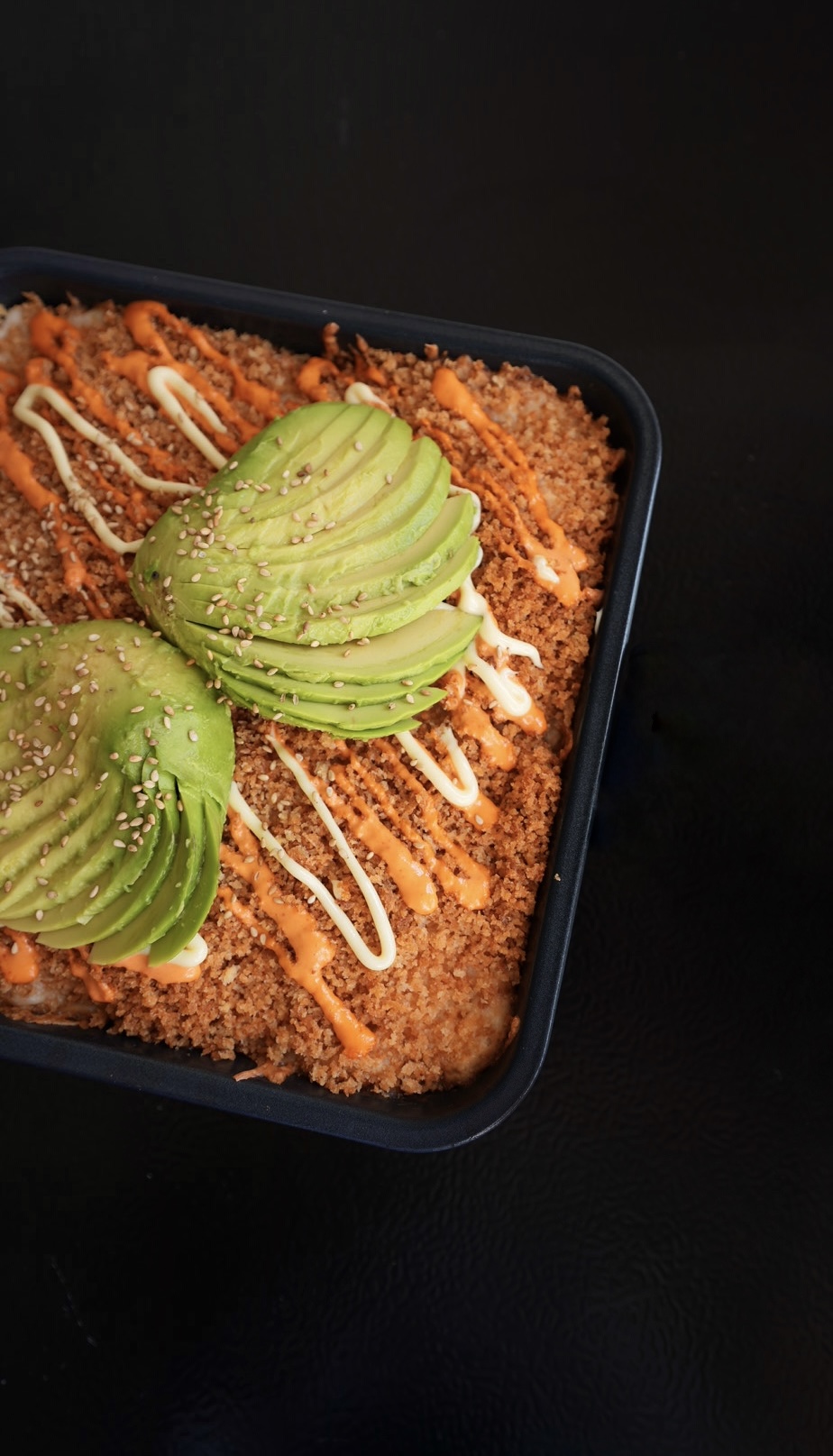

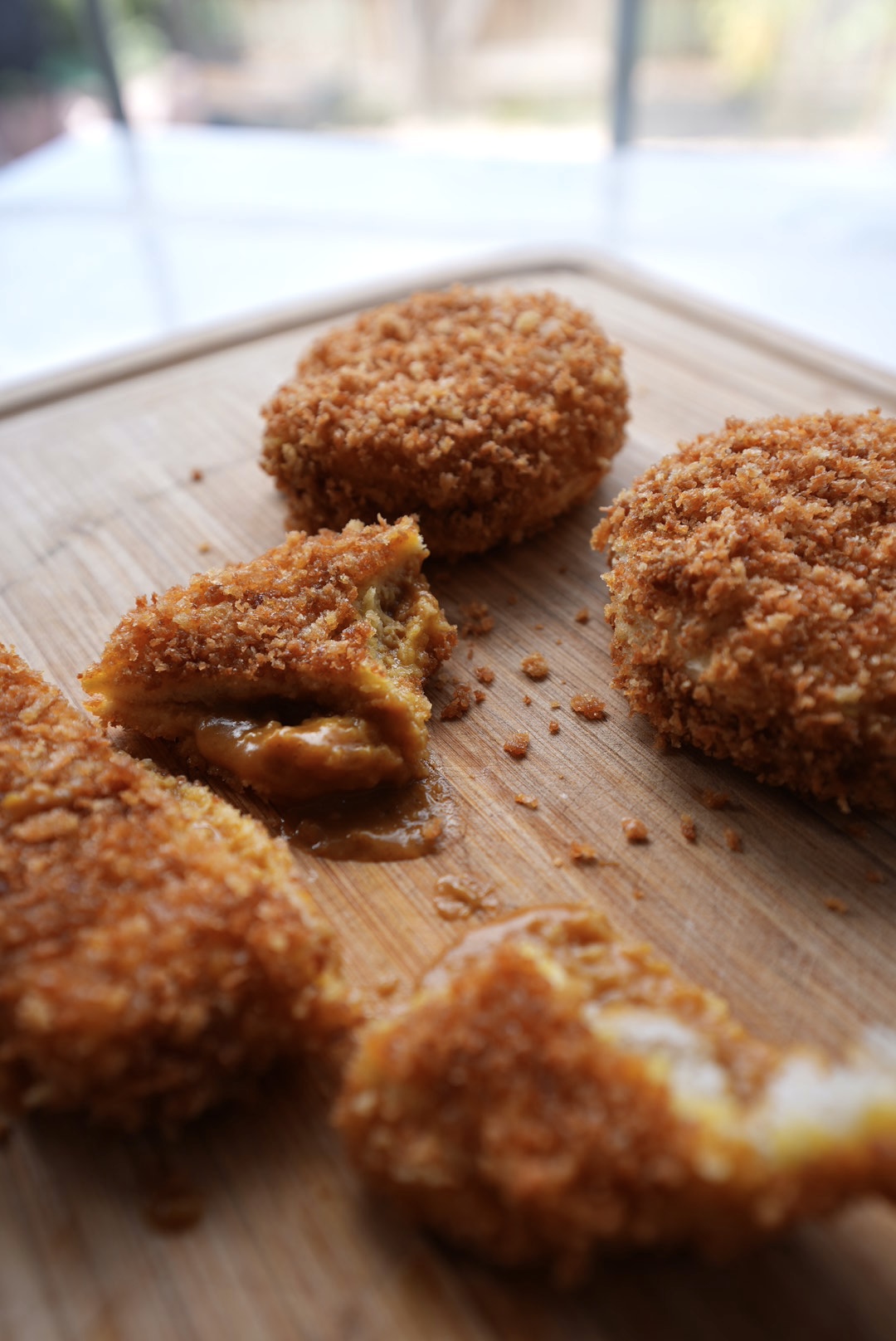



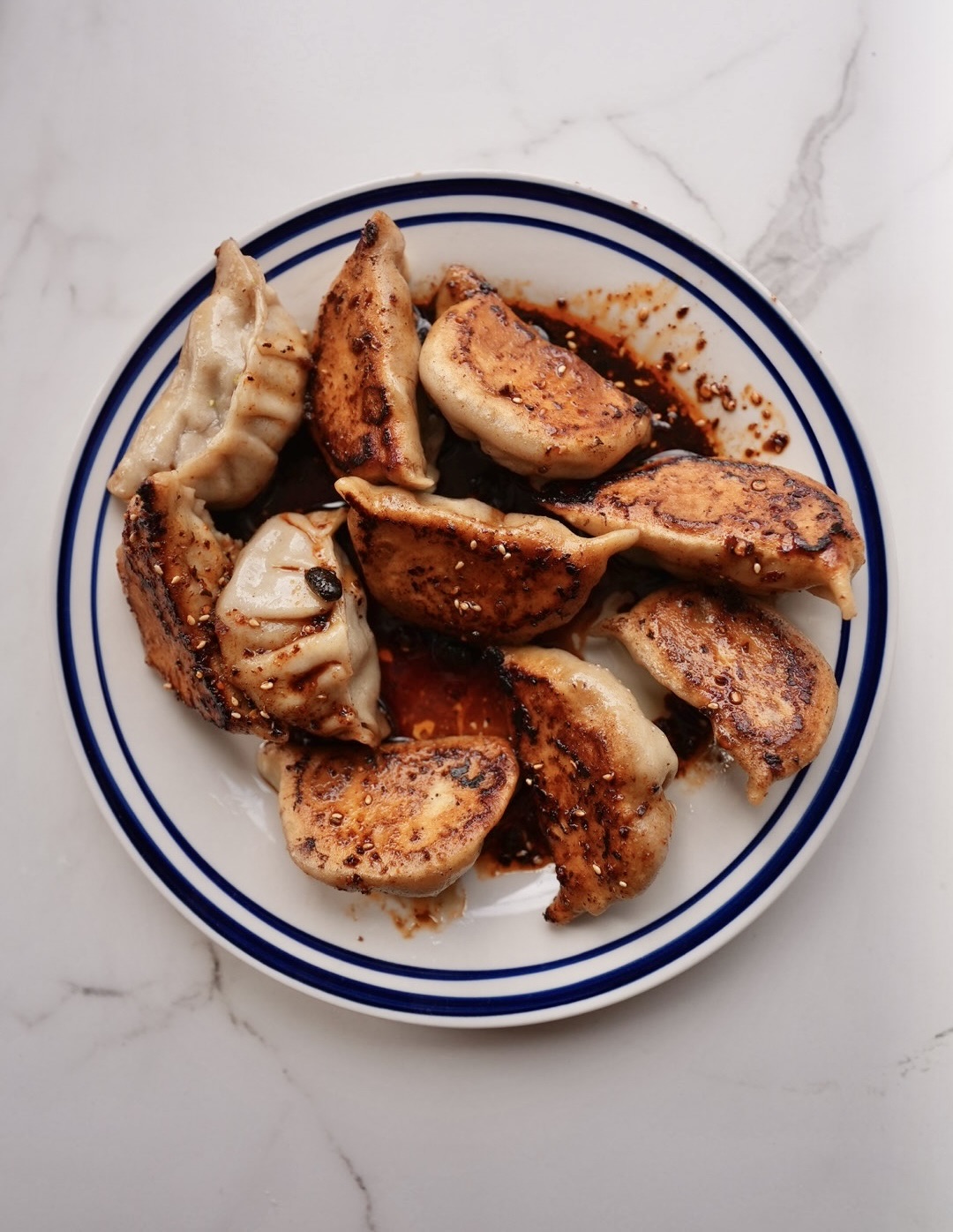
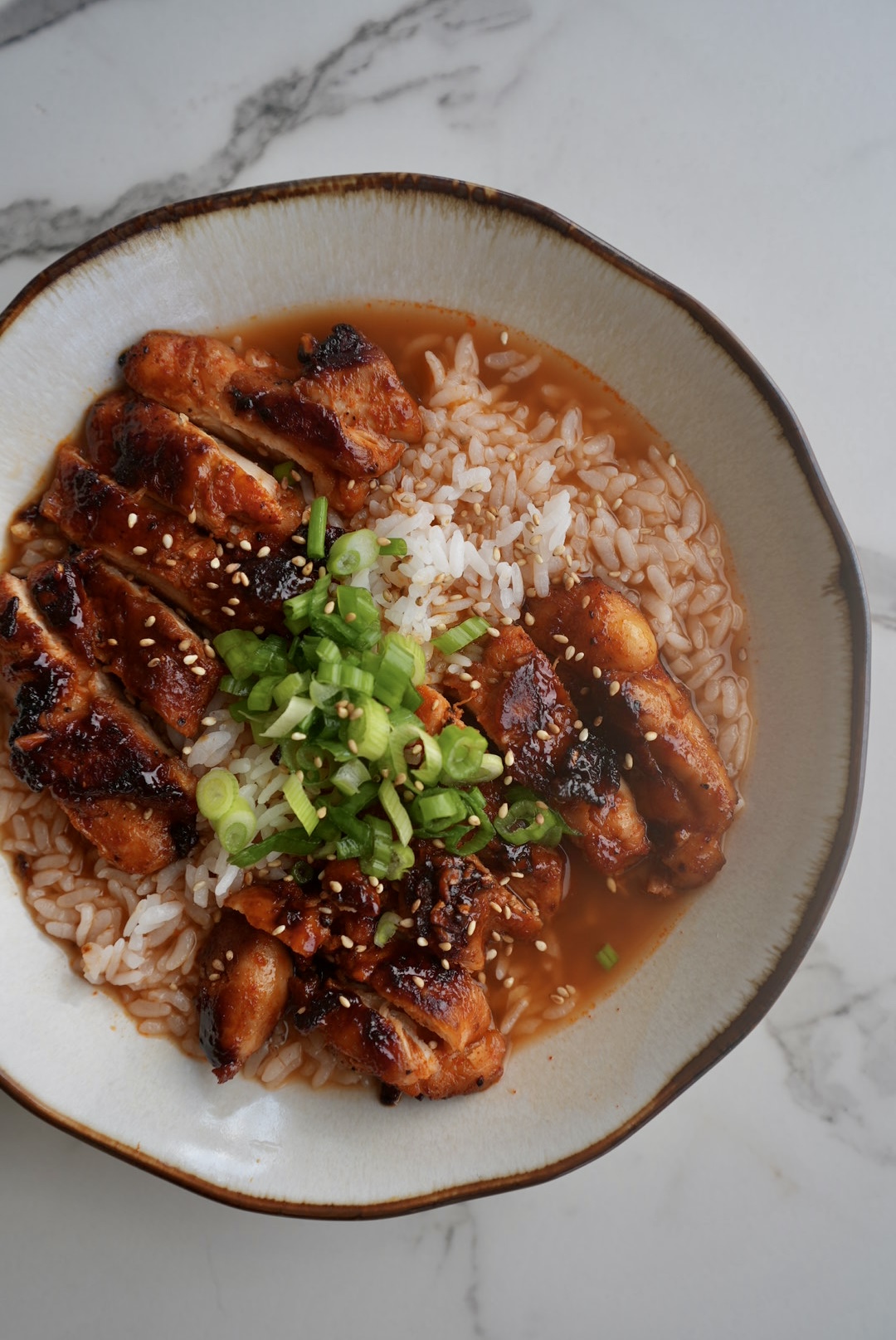
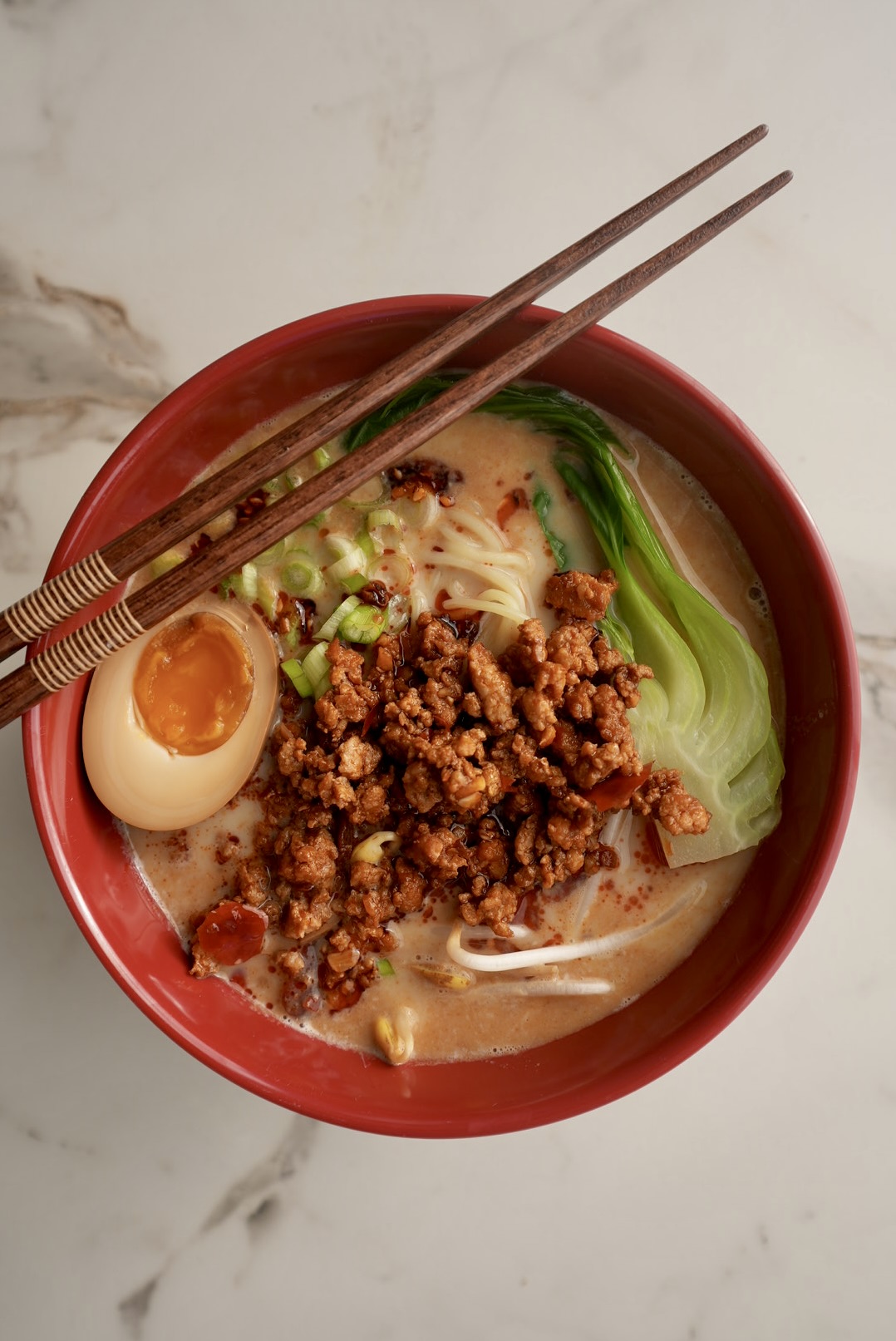
I’m really glad you can do this in the air fryer because I’ve been trying to avoid too much deep fried food!
Agreed! Nice to get a little healthier of a meal!
The oven-baked version came out much better than expected, still crispy without the mess.
Hi Elena! Thanks for sharing 🙂